
President Donald Trump again turned a Cabinet meeting into a wide-ranging conversation with reporters – and again uttered a whole bunch of false claims in the process.
Trump’s Tuesday remarks at the White House included inaccurate assertions about inflation, immigration, his tariff policy, the massive domestic policy bill he signed last week, China’s use of wind energy, US and European aid to Ukraine, the US relationship with South Korea, and other subjects.
Here is a fact check of 11 of the president’s false claims. This is not a comprehensive list.
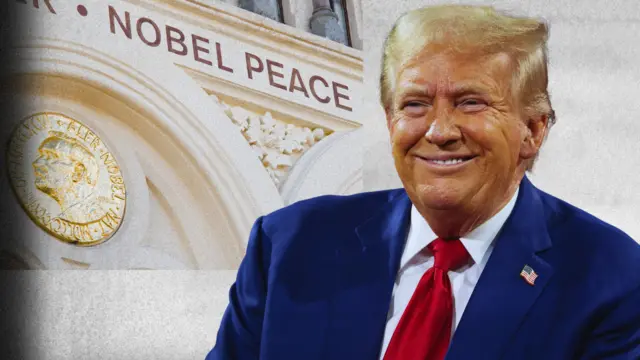
The economy, tariffs, taxes
Inflation: As he has repeatedly, Trump falsely claimed Tuesday, “We have no inflation.” The US does have inflation – an annual inflation rate of 2.4% in May, an uptick from a 2.3% annual rate in April. That April rate was the lowest since early 2021, and lower than some economists expected for April after Trump imposed significant new tariffs, but it’s not “no inflation” whatsoever. (And on a month-to-month basis, US consumer prices increased 0.1% in May and 0.2% in April.)
Tax on Social Security: Touting the new domestic policy legislation, Trump repeated his false claim that it achieves his campaign promise of “no tax on Social Security.” It does not.
The legislation does create an additional, temporary $6,000-per-year tax deduction for individuals age 65 and older (with a smaller deduction for individuals earning $75,000 per year or more), but the White House itself has implicitly acknowledged that millions of Social Security recipients age 65 and older will continue to pay taxes on their benefits – and that new deduction, which expires in 2028, doesn’t even apply to the Social Security recipients who are younger than 65.

Trump’s tariff letters: Trump spoke of the letters he sent to various foreign leaders announcing the tariff rates he plans to impose on their countries beginning in August – and said, “I just want you to know – a letter means a deal.” That’s just not true. Multiple letters the White House revealed on Monday announced tariff rates Trump said he plans to unilaterally place on imports from foreign countries; those letters did not describe negotiated deals.
Who pays tariffs: Trump repeatedly spoke of how his new tariffs mean other countries will have to “pay” the US for the privilege of doing business in the US. Contrary to Trump’s frequent assertions, it is the US importers who buy foreign products, not foreign countries themselves, who make the tariff payments to the US government.
Tariff history: Trump repeated his regular false claim that the US was “proportionately” at its “wealthiest” between 1870 and 1913, when tariff revenue made up a much larger share of federal revenue before the reintroduction of the income tax. Trump didn’t explain what he meant by “proportionately” or “the wealthiest,” but economists say that by any standard measure, the US is far wealthier today than it was in the early 20th century and prior; per capita gross domestic product is now many times higher than it was then.
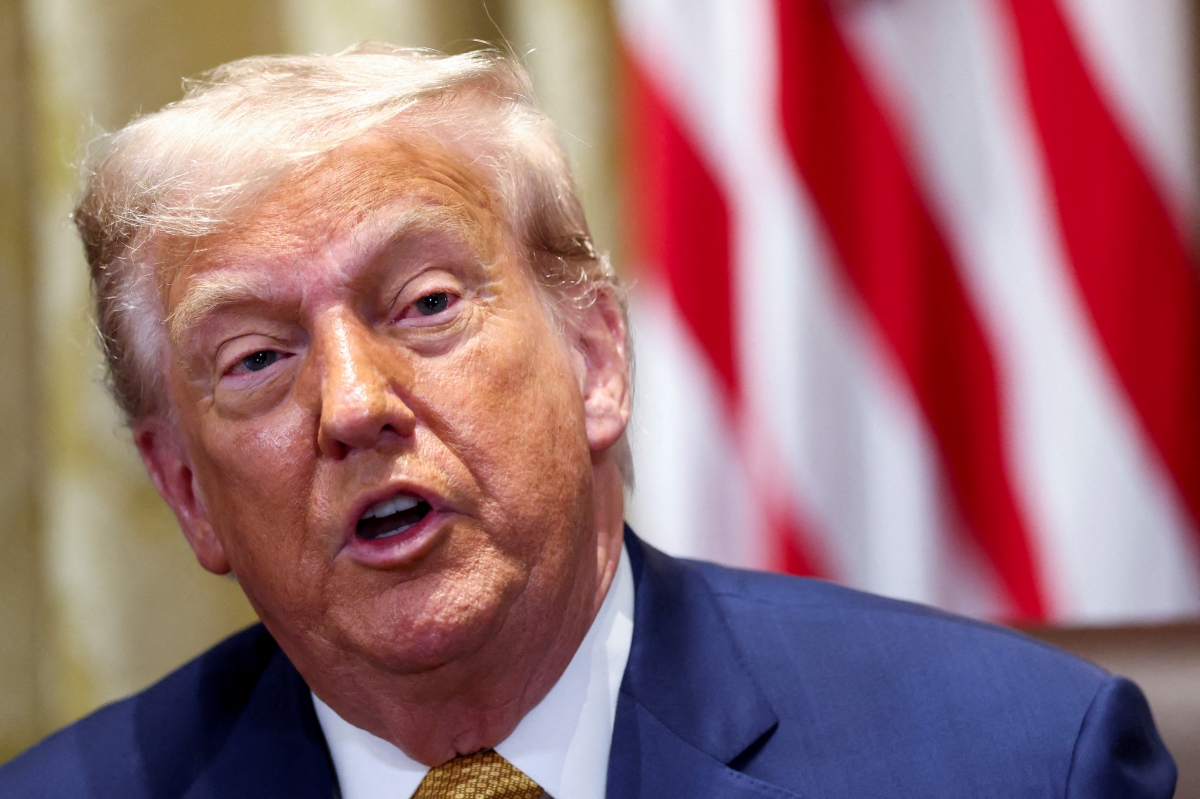
Environment and energy
China and wind power: Trump, asserting that “smart countries” don’t use wind and solar energy, repeated his recent false claim that China, the world’s biggest manufacturer of wind turbines, barely uses such equipment itself – wrongly saying, “They don’t have a lot of wind farms, I’ll tell you; very, very few.” In reality, China is the world leader in the generation of wind power and has massive wind farms onshore and offshore; it continues to install additional wind capacity much faster than the US.
California and energy: Trump, reviving a previous inaccurate complaint about California’s use of renewable energy sources, falsely claimed: “They have blackouts and brownouts every week.” The state simply does not; its power system has improved significantly since the rolling blackouts of a 2020 heat wave.
Daniel Villasenor, a spokesperson for Gov. Gavin Newsom, said in a Tuesday email that Trump is again “lying about California.” Villasenor wrote: “The state has not experienced any rotating outages since 2020 – and in the last three years, no Flex Alert calling to conserve power has even been issued. Not only has our grid been increasingly resilient, it’s also cleaner than ever – clean energy provided for 100% of demand on our grid for at least some part of the day 167 out of the first 180 days of the year.”.
Foreign affairs
US and European aid to Ukraine: Trump repeated his frequent false claim that the US has provided “far more” wartime aid to Ukraine that Europe has, saying the US is “in there for over $300 billion; Europe’s in there for over $100 billion.”
Those numbers are not close to accurate.
According to the Kiel Institute for the World Economy, a German think tank that closely tracks international aid to Ukraine, the US had committed about $139 billion in military, financial and humanitarian aid to Ukraine from late January 2022, just prior to Russia’s full-scale invasion, through April 2025 – well short of about $298 billion committed by European countries and the European Union. The gap was much narrower in terms of aid actually allocated through April 2025 – about $183 billion for Europe to about $134 billion for the US – but even those figures clearly disprove Trump’s claim.
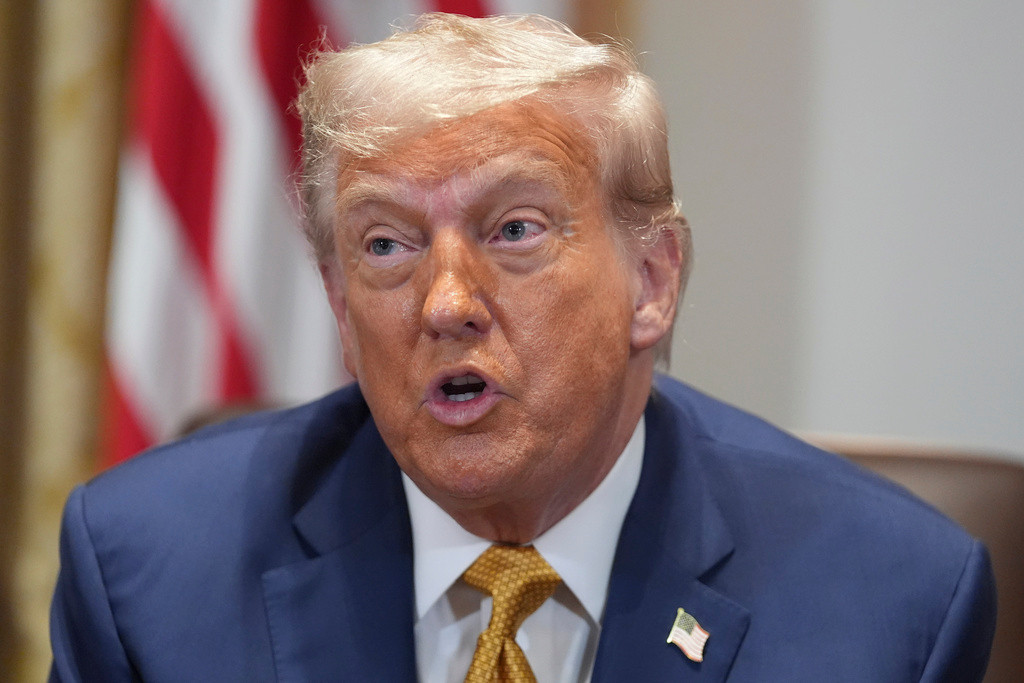
South Korea’s military cost-sharing: Trump repeated his false claim that South Korea convinced former President Joe Biden to let it stop making payments to help cover the cost of the US military presence in South Korea, saying Biden “cut it down to nothing.” In fact, Biden’s administration signed two cost-sharing agreements with South Korea, one in 2021 and one in 2024, that included South Korean spending increases – meaning South Korea agreed to pay more than it did during Trump’s first term.
US troops in South Korea: Trump again exaggerated the US troop presence in South Korea, falsely saying, “You know, we have 45,000 soldiers in South Korea.” Official Defense Department data, published online, says the US had 26,206 military personnel in South Korea as of March 31, 2025, with 22,844 on active duty.
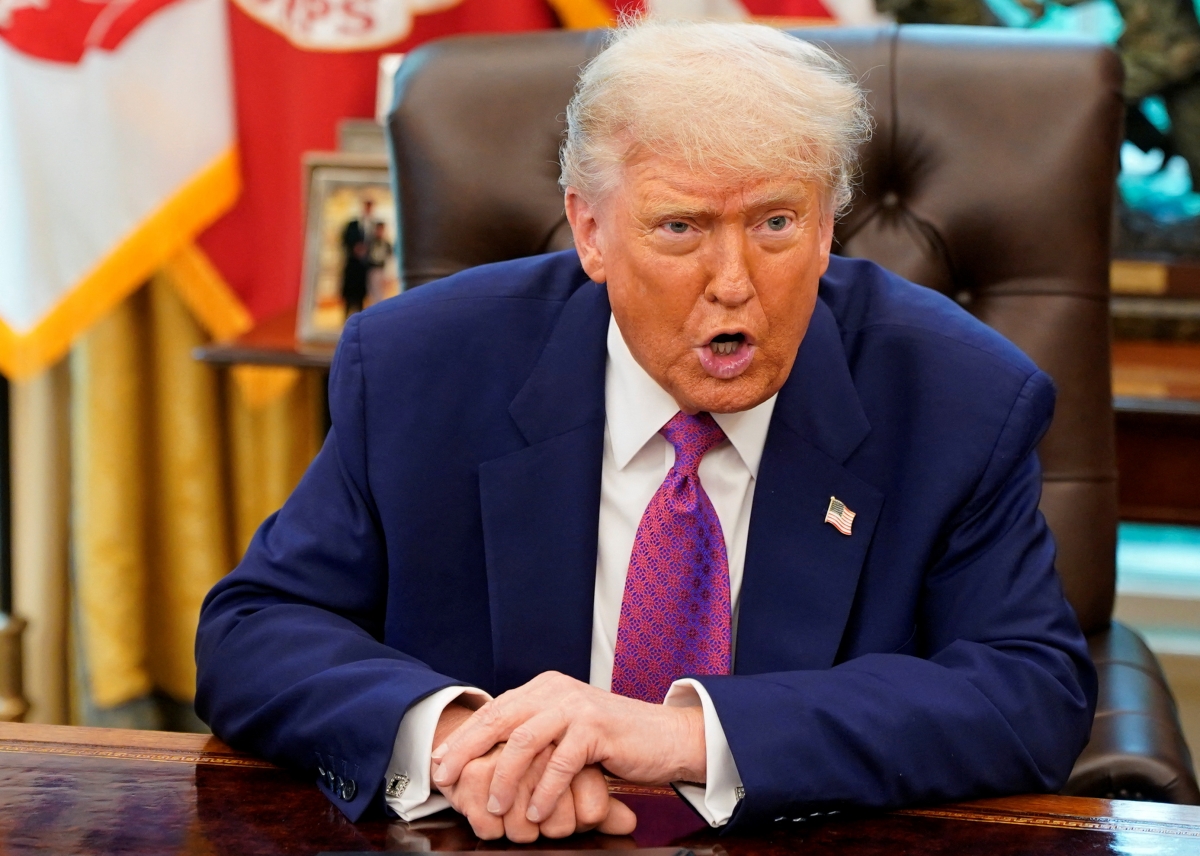
Immigration
Migration and mental health: Trump falsely claimed that unnamed foreign countries “released their insane asylum – the insane asylum population into our country.” Even Trump’s own presidential campaign could not produce any evidence for his frequent claims, which he has repeated for more than two years, that foreign countries deliberately emptied their mental health facilities to somehow get patients to migrate to the United States.
Foreign leaders turn the Trump sycophancy up to 11

It’s not exactly news that foreign leaders – much like their counterparts in the United States – have concluded that flattery is a necessary prerequisite to doing business with President Donald Trump.
In his first term, Trump seemed practically smitten by the “love letters” he received from North Korean leader Kim Jong Un. Other leaders pulled out all the stops to make him feel special.
But even against that backdrop, we’ve entered new and striking territory. As Trump has undertaken a much more transparently transactional second term and busted a series of norms while politicizing his office, it seems foreign leaders have taken notice of the new paradigm.
So they’ve turned the obsequiousness up to 11. It seems no amount of sycophancy is deemed over the top, no accolade too premature.
Despite most of the world’s people having remarkably little faith in Trump, these leaders are treating him as an all-conquering hero on the world stage, in escalating terms.
On Wednesday, this took the form of multiple African leaders, expressing support, with some prompting, for Trump to receive his much-coveted Nobel Peace Prize.
Israeli Prime Minister Benjamin Netanyahu had gotten the ball rolling on this Monday by signaling he had nominated Trump, and nobody was about to disagree.

“I can guarantee you that Mauritania would never be opposed to President Trump receiving a Nobel Peace Prize,” said the president of that country, Mohamed Ould Ghazouani, during a lunch at the White House.
“Of course we are” supportive of Trump winning the prize, Guinea-Bissau’s President Umaro Sissoco Embaló said.
Senegalese President Bassirou Diomaye Faye called it “a deserved prize.”
“I think that President Trump deserves it for all the efforts that he’s worked on,” Gabonese President Brice Oligui Nguema said. Nguema cited a peace deal the Trump administration has brokered between the Democratic Republic of Congo and Rwanda.
Never mind that we have no idea how real that deal actually is, and that Trump has failed to end the wars in Gaza and Ukraine, as he promised to do upon taking office. And never mind that Trump, in the same event Wednesday, displayed a striking lack of familiarity with the African continent. (He didn’t even seem to know that English was the national language of Liberia, praising its president for his ability to speak it and asking where he studied.)
Never mind all that. Trump was pleased.
“I didn’t know I’d be treated this nicely,” Trump said. “This is great. We could do this all day long.”
It seems foreign leaders would happily oblige.
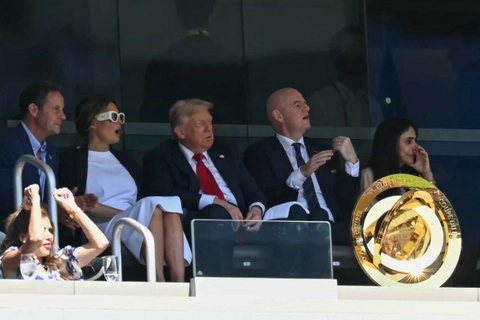
At the same event Wednesday, Senegal’s president suggested Trump’s supposed foreign policy acumen stemmed from his prowess as a “tremendous golf player.” He even suggested the American president might invest in a golf course in Senegal, as Trump’s personal business has done in ethically dubious ways elsewhere.
Netanyahu was also effusive after Trump authorized US strikes on Iran. He repeatedly cast the strikes as history-altering, calling them a “pivot of history that can help lead the Middle East and beyond to a future of prosperity and peace.” Netanyahu added that the “forces of civilisation thank you.”
Perhaps even more remarkable recently has been NATO Secretary General Mark Rutte’s rhetoric, given Trump’s less-than-easy relationship with that alliance.
After the Iran strikes last month, Trump posted on Truth Social a personal message from Rutte that sounded as if it could have been written by the White House’s communications team. Rutte called the strikes “truly extraordinary, and something no one else dared to do.”
“Europe is going to pay in a BIG way, as they should, and it will be your win,” Rutte said, remarking on Trump’s push to get NATO members to spend more on defense.
“You will achieve something NO American president in decades could get done,” he added.
Then at the NATO summit in The Hague, Rutte responded to a vulgarity Trump uttered by likening him to “daddy.” He said: “Daddy has to sometimes use strong language.”
Rutte denied he was calling Trump NATO’s “daddy.” But his use of the word aligned with Trump allies’ well-cultivated image of him as a domineering “daddy” figure dispensing tough love. And the White House and Trump quickly seized upon the remark accordingly.
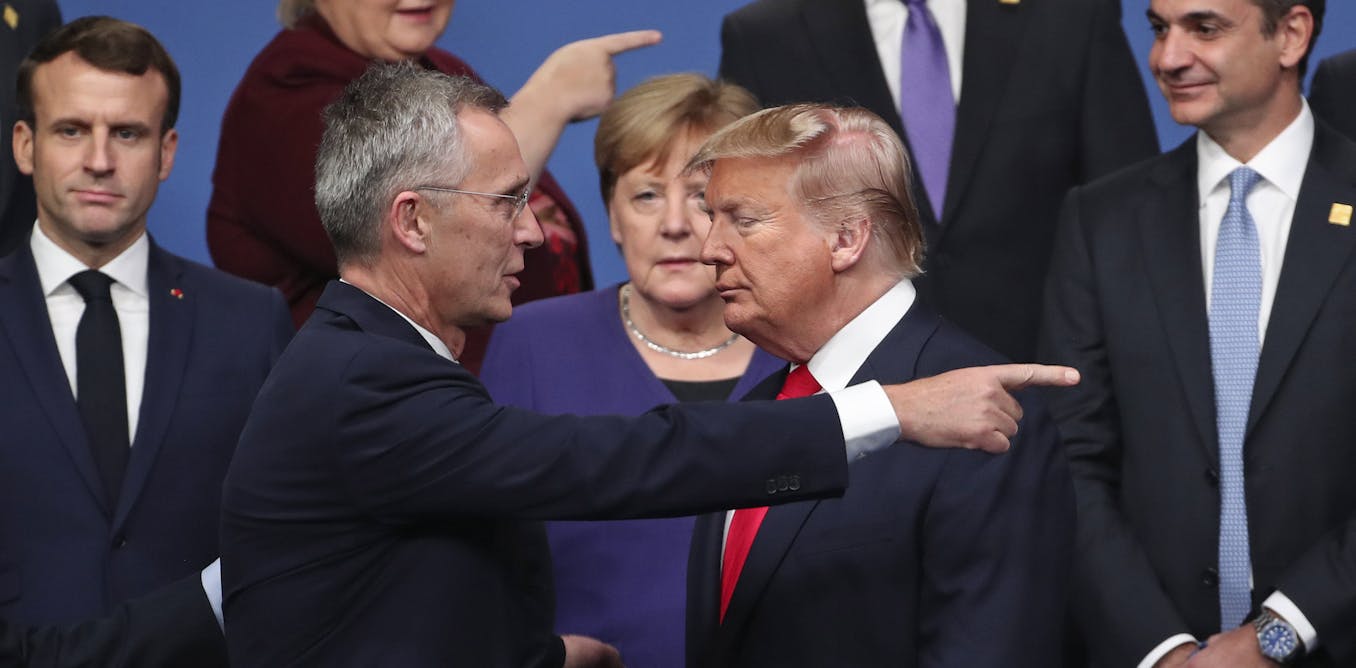
We might never know how intentional Rutte’s remark was. But it was a massive gift to the American president that cast NATO in a subservient position vis-à-vis Trump, just as he would prefer. And despite Rutte’s efforts to downplay it, Trump clearly isn’t about to let him.
And that’s really the point here. Praising Trump so effusively might seem harmless. Foreign leaders often heap praise on one another while conducting diplomacy, however disingenuously, because that’s what you do.
But while some level of that is to be expected, there are gradations. At some point, leaders may sacrifice their credibility and rhetorically transfer power to someone who might not always have their interests at heart.
You might recall how then-Vice President Mike Pence heaped praise on Trump; in 2017, he spent three straight minutes at a Cabinet meeting praising Trump an average of once every 12 seconds.
Fast forward to January 6, 2021, when Trump – appearing indifferent to Pence’s fate – criticized his vice president as rioters descended on the US Capitol. Pence has since expressed plenty of concern with the direction Trump has taken the conservative movement and his power grabs on issues like tariffs.
The effusive treatment of Trump also can’t help but reinforce the transactional nature of his second term. To the extent the flattery actually works on Trump, it’s in effect trading policy decisions for his own personal accolades.

Netanyahu seems to have calculated that this is a great way to keep Trump interested in a controversial policy that the Israeli leader supports: striking Iran.
Qatar’s leaders have clearly deduced that giving the aviation-enthusiast Trump a souped-up airplane is a great way to win his affections, even as some Republicans have worried about the strings that are attached and about Trump getting too cozy with a country that has been linked to terrorist groups.
But the calculation that you just give Trump what he wants and worry about the rest later is proliferating, as evidenced by the increasing number of institutions bowing to Trump’s transparent domestic power grabs.
Now, it appears to have resulted in a game of one-upmanship by foreign leaders.
US Institute of Peace employees experience another round of mass firings following court ruling
Could Trump ‘run’ New York City?
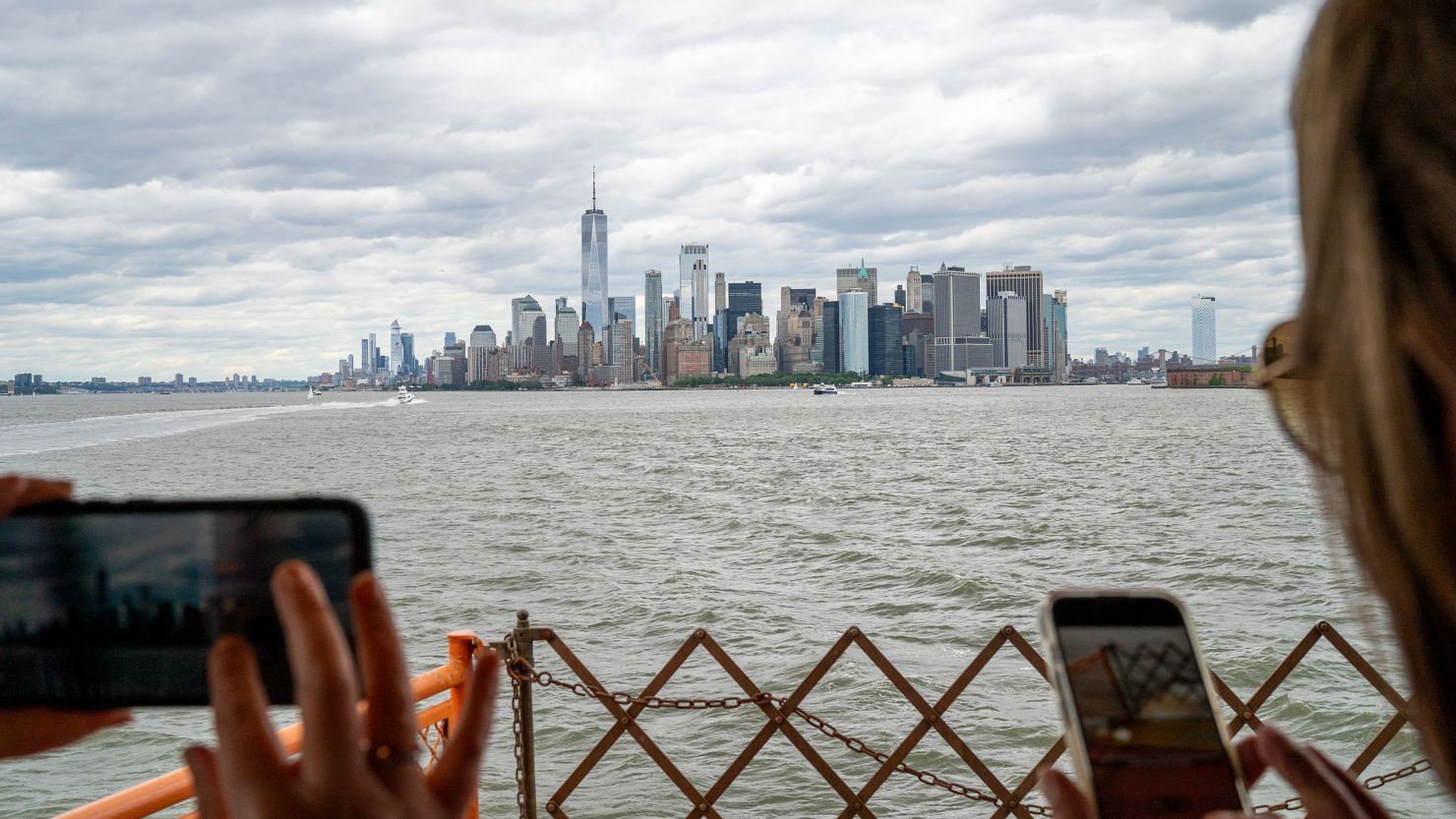
President Donald Trump issued a provocative threat during a Cabinet meeting this week: If New York City elects a “communist” mayor, he might take the city over, just like he might take over Washington, DC.
“We have tremendous power at the White House to run places when we have to,” he said.
He was referring to the rise of Zohran Mamdani, the Democratic nominee in New York’s upcoming mayoral race. Mamdani is not a communist, but rather a democratic socialist in the vein of Sen. Bernie Sanders and Rep. Alexandria Ocasio-Cortez.
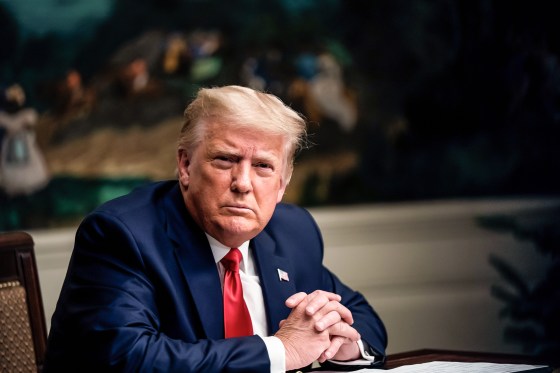
Building up Mamdani as a foil
The president clearly sees the would-be mayor as an A-list political enemy he’ll use to argue the Democratic Party has been overtaken by the “radical left.” His increasing use of the word “communist” harks back to the ugliness of the Red Scare.
Trump also trotted out some profanity in the Cabinet Room of the White House when he referred to Mamdani as “a man who’s not very capable, in my opinion, other than he’s got a good line of bullsh*t.”
It’s the latest in a string of increasingly charged accusations Trump has made, including that Mamdani, who is a naturalized citizen, might be in the US illegally, something for which there is no evidence. That kind of attack will sound familiar to anyone who remembers Trump’s incessant and false questioning of President Barack Obama’s birth certificate.
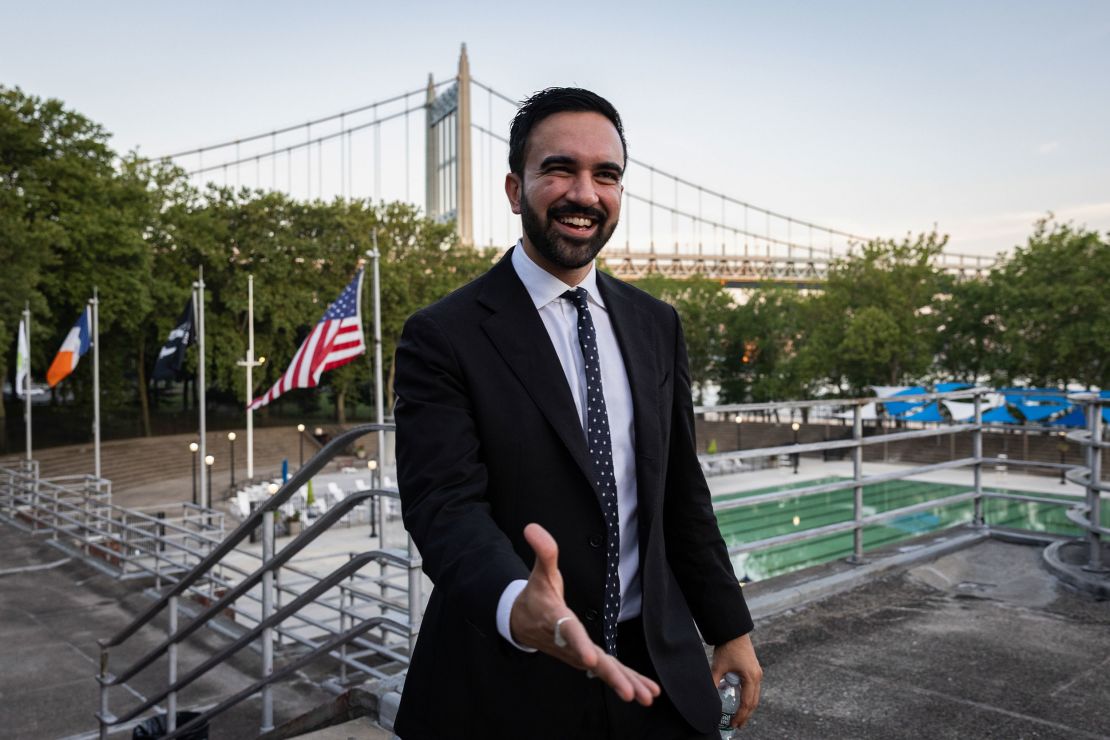
Trump can’t just ‘run’ New York
But the idea that Trump might try to “run” New York if Mamdani wins is something else — a warning to New York voters and a new threat to expand presidential power. Does that mean starving the city of federal funds or something more drastic?
It would also be pretty clearly unconstitutional for him to try to “run” the city, according to Elizabeth Goitein, an expert on presidential power at the Brennan Center for Justice.
When I asked her what presidential authority would allow him to do so, her answer was short.
“Not run a city,” she said, pointing to the 10th Amendment, which gives powers not enumerated in the Constitution back to the states.
“There’s no emergency power that allows the president to take over a city,” she said, and particularly not in retaliation for electing a mayor the president disagrees with.
:max_bytes(150000):strip_icc():focal(721x177:723x179)/Donald-Trump-speaks-as-he-meets-with-Italian-Prime-Minister-Giorgia-Meloni-in-the-Oval-Office-042125-1-cec6c9b019284ff388ba657a79db0c24.jpg)
Everything Trump says should be taken seriously
He has tested the Constitution repeatedly during his second term — trying to reinterpret the 14th Amendment and birthright citizenship and reimagine the federal bureaucracy without passing any laws.
But Goitein pointed to key decisions, including a rejection of Trump’s attempt to use the Alien Enemies Act to more swiftly deport people without due process, to argue the courts remain a meaningful check on the administration.
Trump’s advisers, CNN has reported, considered using the Insurrection Act, another antiquated law from the early days of the republic, to broadly use federal troops for law enforcement in Los Angeles to help federal deportation agents. Instead, they ended up citing more recent law that allows the federal government to take control of a state’s National Guard, for which California is now suing the administration.

There’s no real precedent for a city takeover over an election
Goitein said the deployment of troops to Little Rock, Arkansas, by the Eisenhower administration was in the service of a Supreme Court Order.
“That’s very different from a city electing a mayor with whose policies the president opposes,” she said.
Martial law was declared in Hawaii during World War II, she said, but it was authorized by a law that no longer exists.
What about Washington, DC?
Trump also referred at the White House to the possibility that he could also take over Washington, DC, something that he has been talking about for years. There’s clear precedent for the federal government being in charge of the nation’s capital.

It’s in the Constitution, after all, something that has always complicated efforts by progressives and Democrats to grant statehood to DC.
But Congress ceded self-governance to district residents back in 1973, with a law signed by President Richard Nixon, who described himself as “a longtime supporter of self-government for the District of Columbia.”
Nixon supported self-rule on principle
The CNN presidential historian Tim Naftali, a former director of the Nixon Presidential Library, told me Nixon did take the idea of self-governance seriously, including for DC residents.
Trump has described DC today as “a nightmare of murder and crime,” but back then it was literally reeling and still rebuilding after riots destroyed city blocks following the assassination of Martin Luther King Jr. in 1968.
Naftali pointed out that Nixon was close with the city’s mayor, Walter Washington, who advocated for the construction of the Metro subway system and installed the city’s first public defender.
“Nixon’s view of the District of Columbia was that the residents of the district could best govern themselves,” Naftali told me. “I do not believe that is Donald Trump’s view at all.”
The law Nixon signed allowed Washingtonians to vote for their first-ever popularly elected mayor in 1974. Conservatives in Congress today want to take that power back and have introduced a bill, the “BOWSER Act” (so named to troll DC Mayor Muriel Bowser), to repeal DC’s home rule and put the city more under federal control.
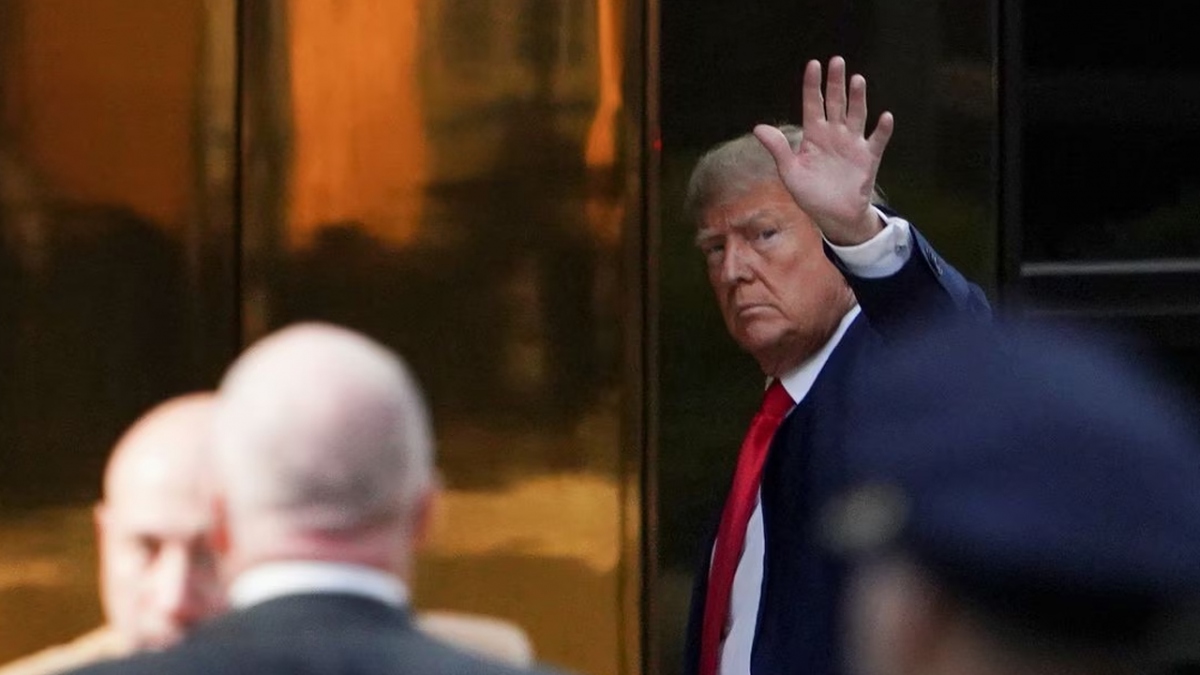
Campaign rhetoric vs. local change
Trump aligns with Bowser on one key DC issue: the reconstruction of RFK stadium as a home for the Washington Commanders, although the proposal is currently stalled before DC’s city council.
He promised to “renovate it, and rebuild our capital city,” but so far that has included the issuance of an executive order and creation of a committee focused on surging police into the streets and creating a beautification plan.
Trump said his chief of staff, Susie Wiles, has been working with DC’s mayor. And Bowser has been notably uncritical of the Trump administration in his second term.

A form of disenfranchisement
Domingo Morel is an associate professor of political science and public service at New York University who has written about the ugly history of states taking over things like school boards or imposing their will on cities, frequently those with large Black and minority populations, and taking power from the local populations.
Trump is implying something similar here, Morel told me.
“He’s saying to New Yorkers, 5 million or so registered voters, ‘Whatever you say doesn’t matter; we’re going to take away your ability to govern because we don’t like the way you have decided to vote.’”
That’s assuming Mamdani wins, which is a big assumption, given the fact that current Mayor Eric Adams and former Gov. Andrew Cuomo will both be on the ballot on Election Day. Meanwhile, former New Yorker Trump will be chiming in with vague threats.
What will happen now that Trump has turned on Putin?

President Donald Trump seems to have learned the lesson painfully gleaned by all his 21st-century predecessors: You can’t reset US relations with Vladimir Putin.
Trump’s path from idolizing the Russian leader to berating him has been a melodrama of personalized geopolitics. But what happens next is far more important.
The president’s epiphany offers new possibilities for Ukraine, Putin’s critics in Congress and America’s browbeaten allies. But it also comes with risk — most notably of a test of wills between alpha males Trump and Putin, who control the world’s two top nuclear arsenals.
Trump always tries to up the ante with foreign friends and foes with rhetoric and tariffs. But now he’s up against a ruthless adversary who raises the stakes not with bluster, but with human lives, as intensifying drone blitzes on Kyiv — a clear message to the White House — show.
Such is Trump’s transactional nature that it’s fair to ask how long his hostility toward his erstwhile friend in the Kremlin will last. And even though he’s talking about helping Ukraine defend itself, it’s hard to see his transformation extending to match the tens of billions of dollars in military and financial aid sent to Kyiv by the US Congress during the Biden administration.

However, the president told NBC News on Thursday that he has secured a deal through NATO to send new Patriot anti-missile missiles to Kyiv that it badly needs to repel Russian attacks on civilian targets.
“We’re sending weapons to NATO, and NATO is paying for those weapons, a hundred percent,” the president said. “We’re going to be sending Patriots to NATO and then NATO will distribute that,” he added. The exact parameters of the deal were not immediately clear, and CNN has reached out to the alliance.
Trump seems to have reached a pivot point. He’s shifted from unfathomably blaming the victim of the war, Ukraine, to accusing the aggressor, Russia, of needlessly prolonging it.
The question is, how does this change US policy on the war and on Russia, as well as Trump’s own attempts to exert US leadership and the domestic politics around Ukraine?
Putin ignored all Trump’s entreaties
Trump’s declaration that he was fed up with Putin’s “bullsh*t” this week was a startling twist, albeit one characteristic of his sometimes-profane brand of statesmanship.
No one tried harder than Trump to persuade Putin to end the war in Ukraine, which started with an illegal invasion in 2022. He’s spent years praising the Russian leader’s smarts and strength.
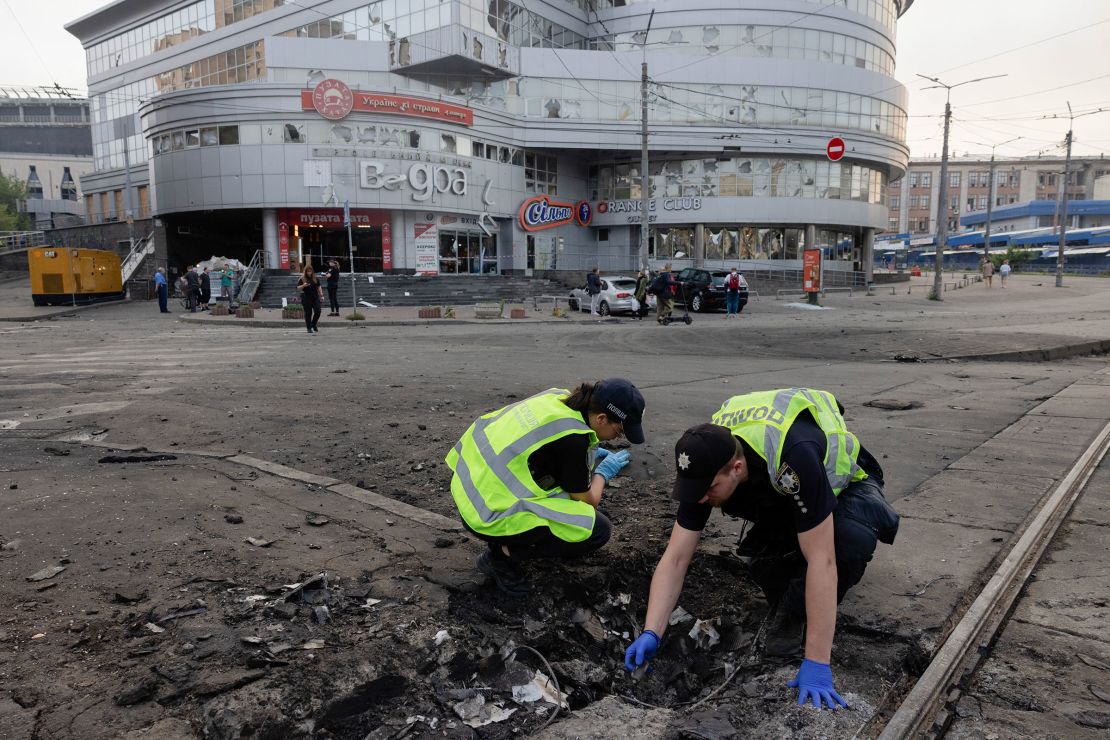
But even as Trump turned on Ukrainian President Volodymyr Zelensky after returning to office — including in a notorious Oval Office blow-up — Putin spurned all of the US president’s exceedingly generous terms for a ceasefire and an eventual peace agreement.
Putin’s motives are an important consideration here.
From a Western perspective, the Russian leader may be guilty of an extraordinary self-inflicted political gaffe. He could have had a US-backed peace deal that Ukraine’s allies in Europe feared would reward his aggression, that locked in the territorial gains of the invasion, and that would have set in stone that Ukraine would never have a path to NATO membership.
But imposing Western logic on Putin’s calculations has always been a mistake. (This was a factor in the Obama administration’s misreading of the Russian leader ahead of his first escapade in Ukraine — the annexation of Crimea in 2014.)
Putin made clear before the invasion that he sees the conflict as righting a historic wrong — both over Russia’s age-old claims to Ukraine and his wider grievances that date back to the fall of the Berlin Wall, which he watched with dismay from his post as a KGB lieutenant colonel in communist East Germany. Putin talks of the “root causes” of the war. This is code for a number of Russian grievances that include the existence of a democratic government in Kyiv. It sometimes refers to Moscow’s claims that it is threatened by NATO expansion after the Cold War and to its desire to see alliance troops withdrawn from former communist states once in the Soviet Union’s orbit, such as Poland and Romania.

From this perspective, Putin may not have intended ever to end the war, and the calculations of Trump and his aides that he could be persuaded to do a “deal” — the central assumption of the president’s entire worldview — was misguided. And after hundreds of thousands of Russian casualties, the war may be existential to Putin for his political survival.
Countless US and European observers have tried to convince Trump of this view for years. In a way, it’s stunning that Trump took so long to reach this point. The president said this week of Putin, “He’s very nice all the time, but it turns out to be meaningless.”
Ukraine hawks hoping for a newly robust US policy on the war may want to temper their enthusiasm. Trump’s frustration with Putin does seem genuine this time. But several times in recent months, he’s criticized the Russian leader only to later caveat his anger.
But if the president has finally concluded that he can’t cajole Putin into peace talks, is he willing to try to coerce him into them?
“I think Trump gets it now,” Charles Kupchan, a senior fellow at the Council on Foreign Relations told John Vause on CNN International. “He’s got to put more pressure on Russia if he’s going to get a deal with Ukraine.”
Such pressure might include an increase in US arms and ammunition to Ukraine as European states who feared Trump might walk away from Kyiv also pledge to increase their aid. The difference if Washington is truly committed could be enormous and could confound Putin’s clear belief that he can outlast the West and can ultimately win the war.
The White House could also fully embrace a bipartisan bill imposing tough new sanctions on Russia — as well as China and India, which are bulk buyers of its oil.
What to watch as Trump mulls new Ukraine strategies
Trump has spoken in recent days about the terrible human toll inflicted on Ukrainians and the courage of their armed forces. But his willingness to stand with Zelensky’s government in the long haul may depend on whether he’s simply mad at Putin because he’s deprived Trump of a deal that would bolster his own aspirations to be a peacemaker and win a Nobel Prize, or whether he’s taking a strategic position on the war itself.
At times, Trump seemed to view the war in Ukraine as an unnecessary impediment to a better relationship between the US and Russia. He sounded a lot like former presidents George W. Bush, Barack Obama and a far more skeptical Joe Biden at the start of their presidencies.
“Getting along with Russia is a good thing,” Trump said in April. “I think I could have a very good relationship with Russia and with President Putin, and if I did, that would be a great thing.”
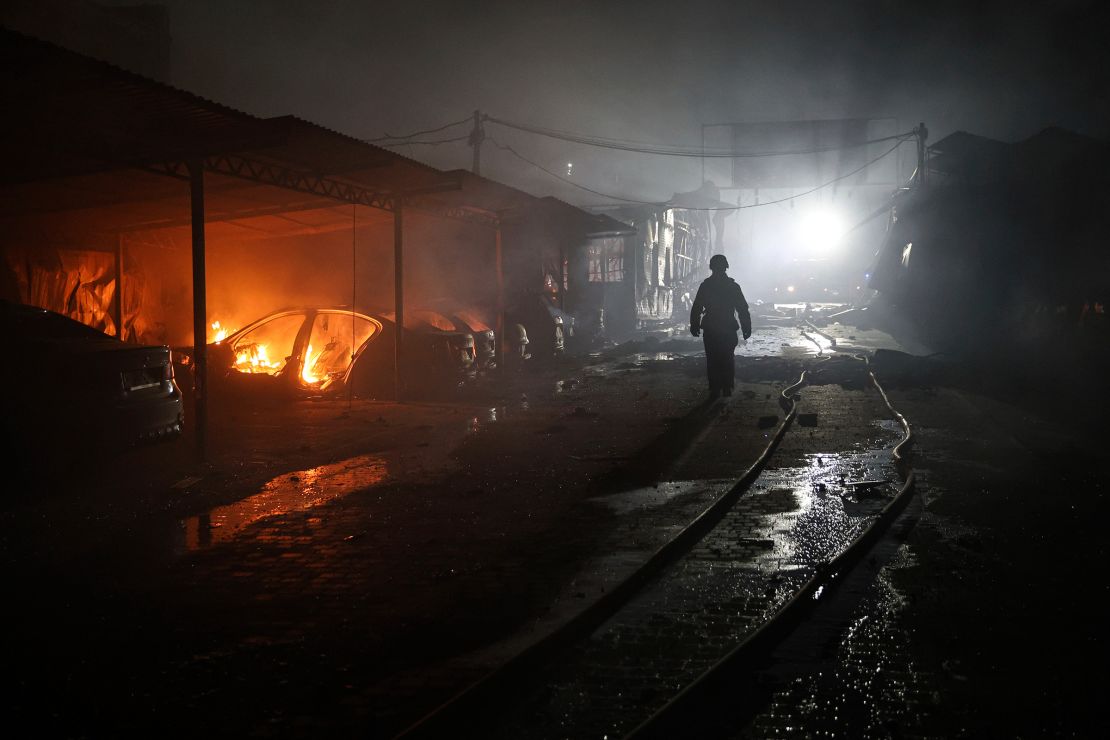
Given Trump’s transactional nature, some analysts have speculated that if his hopes of a Ukraine peace deal faltered, he might simply compartmentalize the war and try to deal with Russia on other issues — especially economics and business. That would permit Putin to continue the conflict without US interference.
Trump might have had this in mind before the recent G7 summit when he showed up in Canada complaining that Putin wasn’t invited. Still, a partial thaw would not require Trump to get over what he seems to view as a personal slight from the Russian leader. And even though such a scenario would allow Russia to shed its pariah status and partially reenter world politics, it’s not clear its possibilities would pierce Putin’s siege mentality.
Russia’s next moves could also influence Trump’s strategy.

There were some signs coming out of a meeting between US Secretary of State Marco Rubio and Russian Foreign Minister Sergei Lavrov in Malaysia on Thursday that US hopes of engaging Russia on the war are not dead. Rubio said he expressed Trump’s “disappointment and frustration” but also that Russia had come up with “a new and different approach.”
Does Putin now think he’s gone too far and needs to get Trump back on side, perhaps by handing the US president a symbolic “win”? Or is this just classic Russian obfuscation in prolonging a hopeless process of talking while its troops fight?
One thing to look for will be whether Trump’s chastening rebuff from Putin changes his approach to diplomacy more generally. The president has long boasted that his “great relationship” with the Russian leader and Chinese President Xi Jinping would yield victories for the United States that no other president could land. But as with North Korean tyrant Kim Jong Un in Trump’s first term, the president’s supposed magnetism has produced very little of substance.
The geopolitical backdrop to the Ukraine issue has also shifted in recent weeks. Trump’s recent strikes on Iran might not have “obliterated” the Islamic Republic’s nuclear sites, as he claims. But they were a demonstration of American military might and a success for the commander in chief who ordered them. For all his threats to democracy, the Constitution and the rule of law in the United States, Trump is clearly established as the world’s most powerful leader, whose daily moves send shockwaves around the globe. Could this shift the dynamics between him and Putin? Does Trump now view the Russian leader less as a strongman to be lionized than as the leader of an inferior power?
Risks rise with growing US-Russia tensions
One big risk of a period of tension between the White House and the Kremlin would be if Trump and Putin get locked into a cycle of escalation — potentially to defend the enormous credibility that they have both invested in the relationship.
There’s no evidence to suggest that Trump wants to get into a showdown with Putin. Parts of his MAGA base see ideological synergies with Putin: his criticism of “wokeness” and what they see as a decline of Western cultural values. Another GOP faction wants to turn away from Europe in order to devote US military resources to a building showdown with China.
Nothing in Putin’s behavior suggests that he wants a faceoff with Trump or the United States. But the Russian leader has frequently rattled nuclear sabers during the Ukraine conflict, apparently to scare Western populations. Trump’s frequently expressed horror about the cataclysmic results of any nuclear conflict means this is a card the Russian leader might play if tensions really escalate.
Ultimately, Trump might still return to this strategic assumption that has long haunted US policy towards Ukraine. “The fact is that Ukraine, which is a non-NATO country, is going to be vulnerable to military domination by Russia no matter what we do.” This was not another Ukraine-skeptical Trump quote. It was his nemesis, Obama, in an interview with The Atlantic in 2016.
But if nothing else, Trump’s spat with Putin might serve one purpose — dispelling his blind spot over the Russian leader’s true nature.
Trump’s government cuts and the catastrophe in Texas: Here’s what we know

President Donald Trump’s approach to the federal government has been to cut, cut, cut, which means when there is a disaster in which the government plays a role, he will have to expect questions about those cuts.
When there’s a plane crash, as there was days into his second term, the shortage of air traffic controllers will be scrutinized.
When the administration quietly backtracks on some layoffs and struggles to re-fill key positions, it will lead to concerns that cuts went too far.
When there’s a tragic flood that catches an area off-guard, the effect of his cuts on the National Weather Service and FEMA will become a line of inquiry.
The disaster in Texas continues
Flash floods killed at least 95 people over the July Fourth holiday, and many others are still missing. Rescue and recovery are still ongoing, so no one can say for sure that personnel cuts at the National Weather Service or open positions at forecasting offices in Texas amplified or even affected the flood’s tragic outcome.
There are many facts yet to be discovered, and a full investigation will certainly be conducted.
But Trump’s approach to weather and disasters is well-known

Recent reports about how staffing and budget cuts are affecting forecasting at the agency may ultimately be seen as an early warning.
“The National Weather Service is in worse shape than previously known, according to interviews with current and former meteorologists, due to a combination of layoffs, early retirements and preexisting vacancies,” CNN’s Andrew Freedman wrote back in May. The report also noted that a third of National Weather Service forecasting stations lacked a top meteorologist in charge.
There’s plenty more
CNN reported in April the Trump’s administration plans to close weather research laboratories and climate research programs meant to improve weather detection as the climate warms. That budget proposal was more recently submitted to Congress.
Project 2025, the conservative government blueprint that presaged many of the Trump administration’s decisions, called for much less federal spending on weather forecasting and more reliance on private companies.
FEMA’s future is in question
We also can’t say for sure that Trump’s hands-off approach to emergency management will affect recovery in Texas. In fact, Trump quickly declared the flood zone to be a major disaster area.
But he has also said he wants to shutter the Federal Emergency Management Agency and for the federal government to play a much smaller role.
“We want to wean off of FEMA, and we want to bring it back to the state level,” he said at the White House in June.
Asked if Trump is reconsidering that position in light of the horrible Texas floods, White House press secretary Karoline Leavitt said this:
CNN’s Gabe Cohen recently reported that disaster decisions were being made directly at the White House, bypassing FEMA and the well-trod process by which states seek help. It also raises concerns that White House political allies could get more attention than political enemies, although a Department of Homeland Security spokesman denied that idea to Cohen.
A test for Trump’s smaller government
Wanting the federal government to do less has been a theme of the Trump administration so far. States will either have to pony up more of their own money for Medicaid and food aid or watch citizens fall off assistance as a result of the sweeping new policy bill he signed Friday.
We also can’t directly blame this or any one storm on climate change. But Republicans are currently bragging about killing the previous administration’s climate agenda, which Trump and his allies call the “Green New Scam.”
In terms of specifics about the Texas floods, local residents and officials, still in shock during TV interviews, said they were caught off-guard by the floods.
That may not ultimately be a forecasting issue.
“The weather service did their job,” Rick Spinrad, who was National Oceanic and Atmospheric Administration administrator during the Biden administration, told CNN’s Boris Sanchez on Monday, referring to the issuance of watches, warnings and “WEAs,” the Wireless Emergency Alert system.
But Spinrad admitted there could have been a breakdown in connectivity between the forecasters and emergency services in the morning.
“On first blush, the communications breakdown happened at that last mile,” he said. The San Antonio National Weather Service office was missing a key coordinator who Spinrad said “is critical in that last mile of communications.”
That position has been vacant since April, when a longtime employee took the Trump administration’s buyout offer.
Asked about that unfilled position, Leavitt said, “The offices were fully staffed with forecasters.”
Kerrville, Texas, Mayor Joe Herring Jr., told CNN’s Pamela Brown on Monday that he lost friends in the floods and that local officials had not gotten word about the severity of the forecast.
“We didn’t even have a warning. We did not know,” he said, fighting back tears.
CNN’s Brown, who reported from Texas, has a personal connection to the story: As a child, she attended Camp Mystic, the girls’ camp where the flood claimed the lives of 27, including campers and staffers.
“I do think it’s important to have patience and humility that those (answers on what happened) may not come as quickly as perhaps we want,” she said.
“It was a once-in-a-lifetime flood,” she added. Residents knew the river could flood, but people she spoke to are referring to this as “an act of God.”


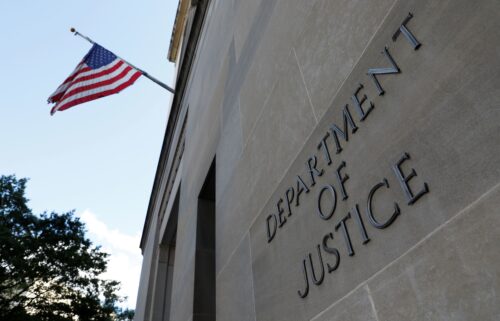
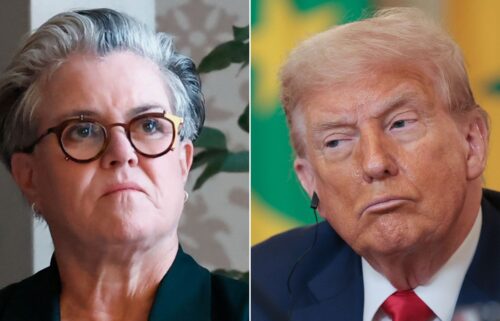




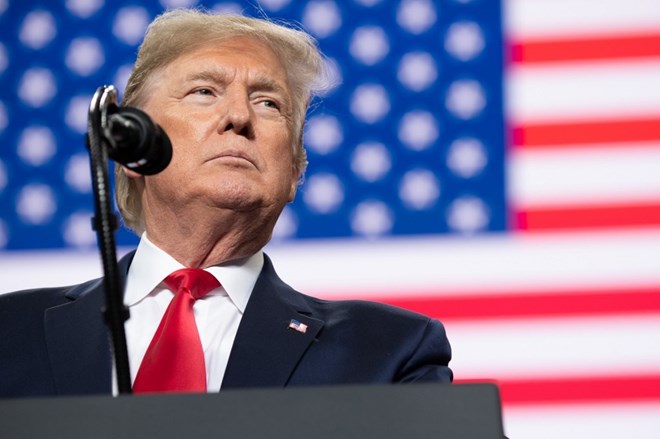
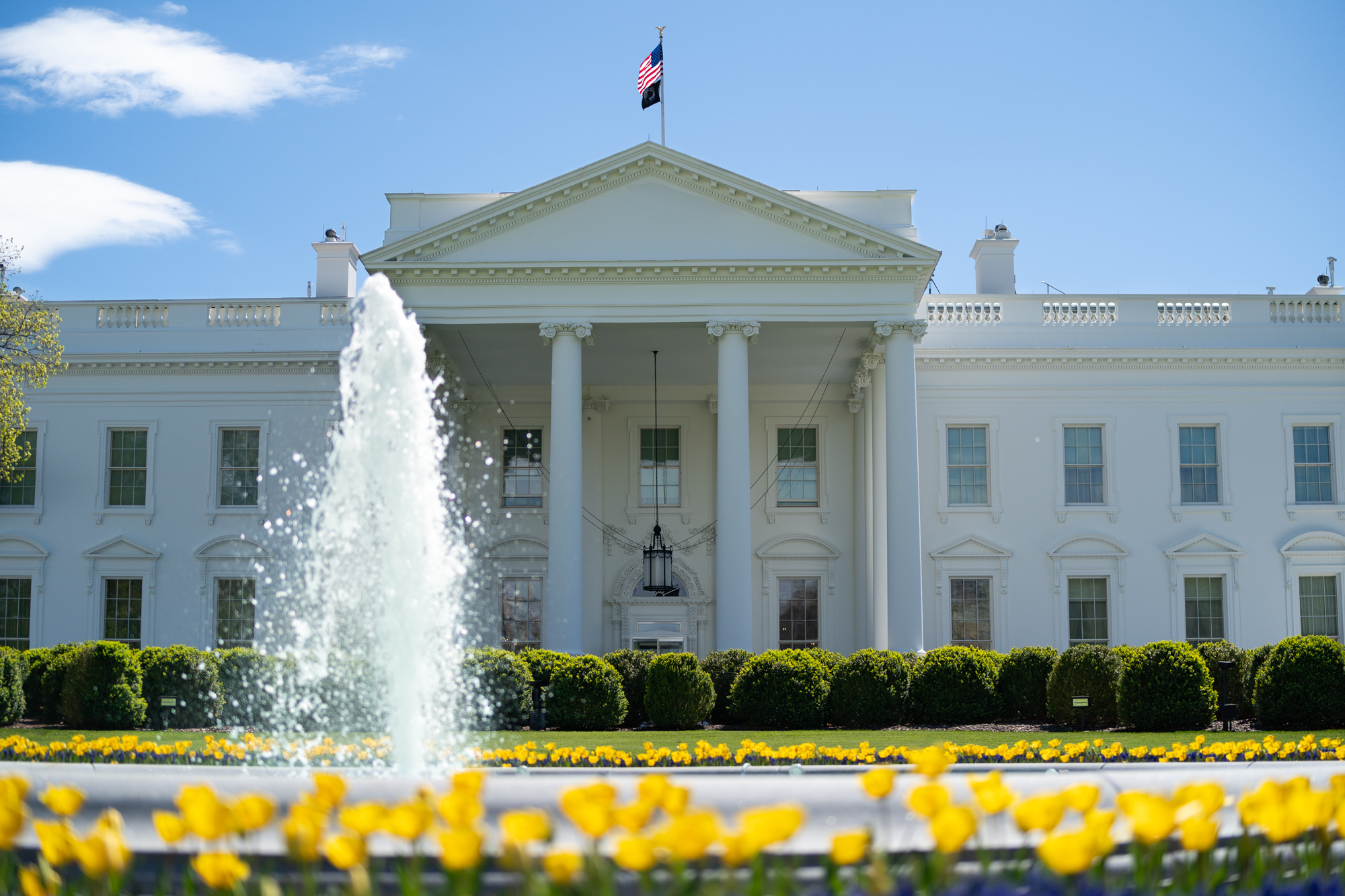

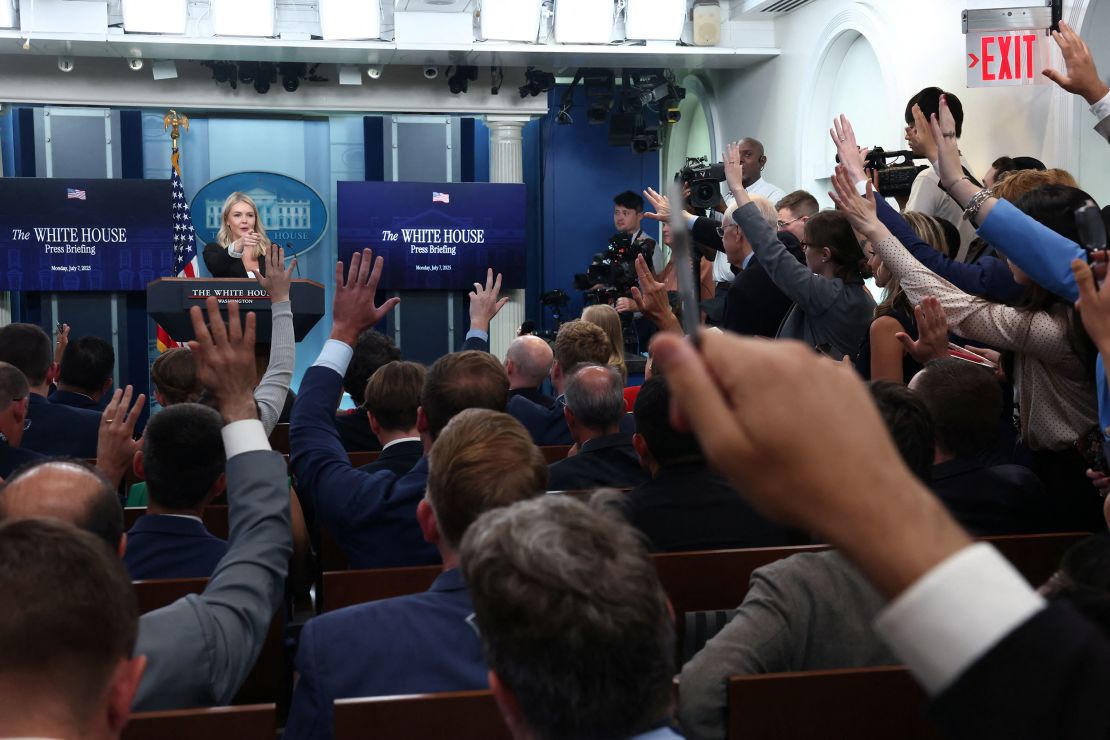
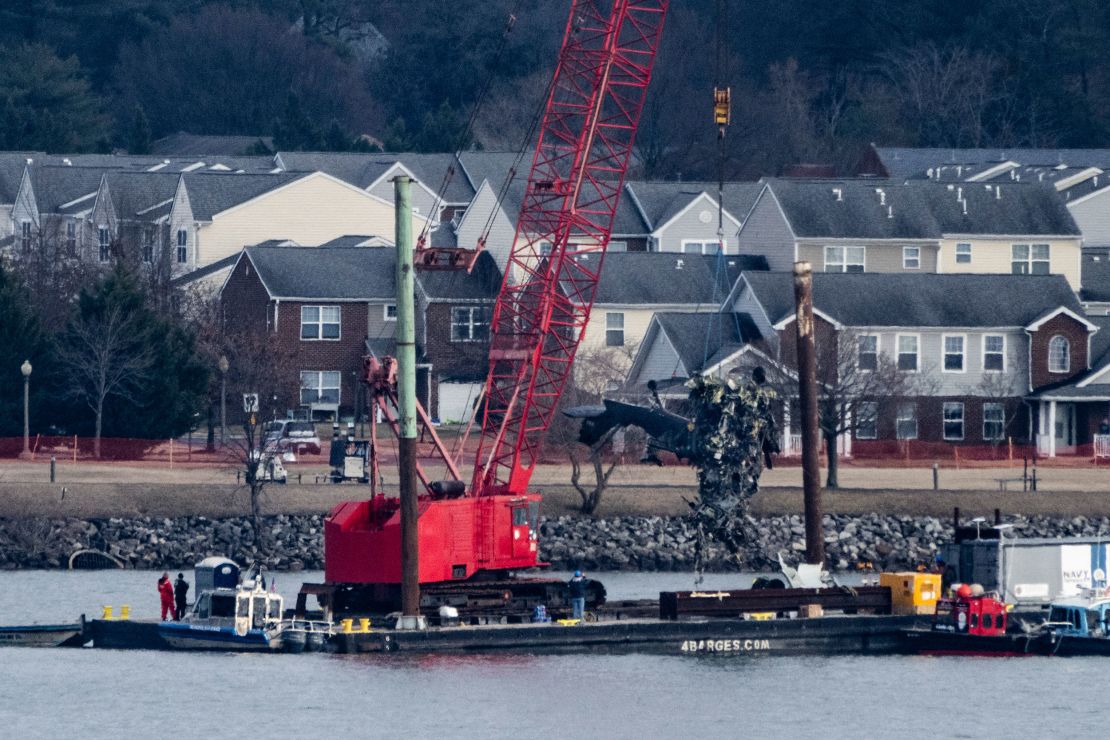


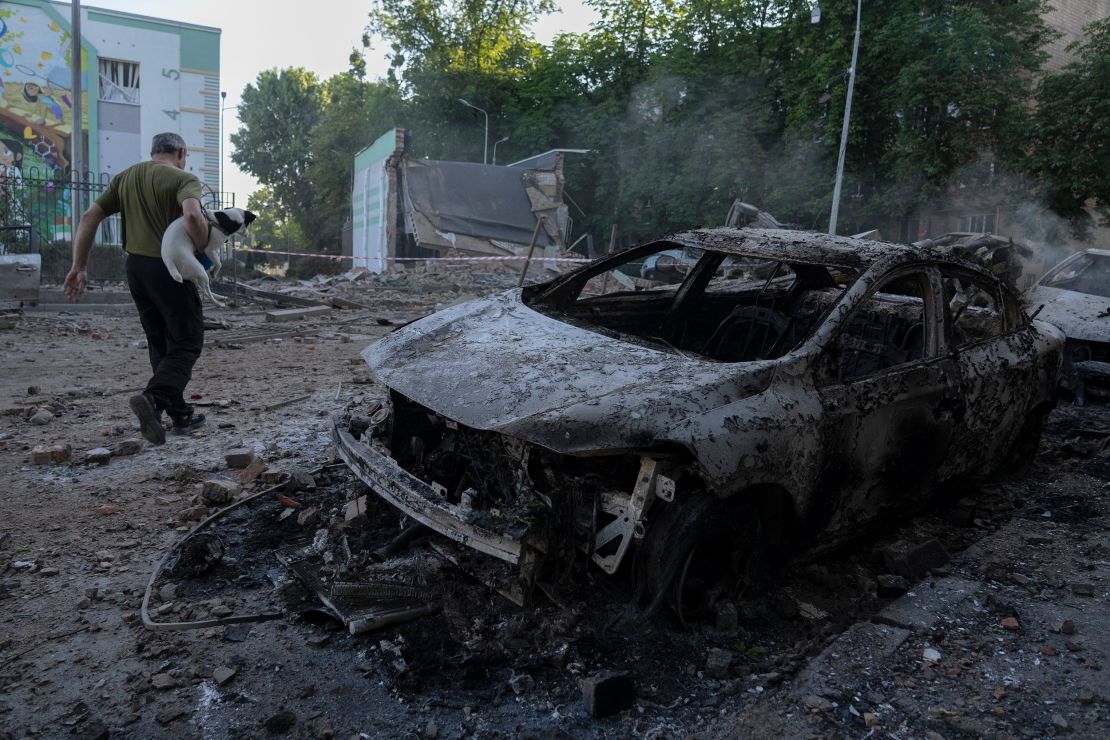























_updates.jpg?w=1200&resize=1200,0&ssl=1)

















:max_bytes(150000):strip_icc():focal(749x0:751x2):format(webp)/quadruplets-rachel-vargas-051625-4-5bf252a141f94a679aa4688507b49b36.jpg?w=1200&resize=1200,0&ssl=1)
:max_bytes(150000):strip_icc():focal(749x0:751x2):format(webp)/surprise-triplets4-122425-35fc83ab01f14762a294db376527f628.jpg?w=1200&resize=1200,0&ssl=1)
